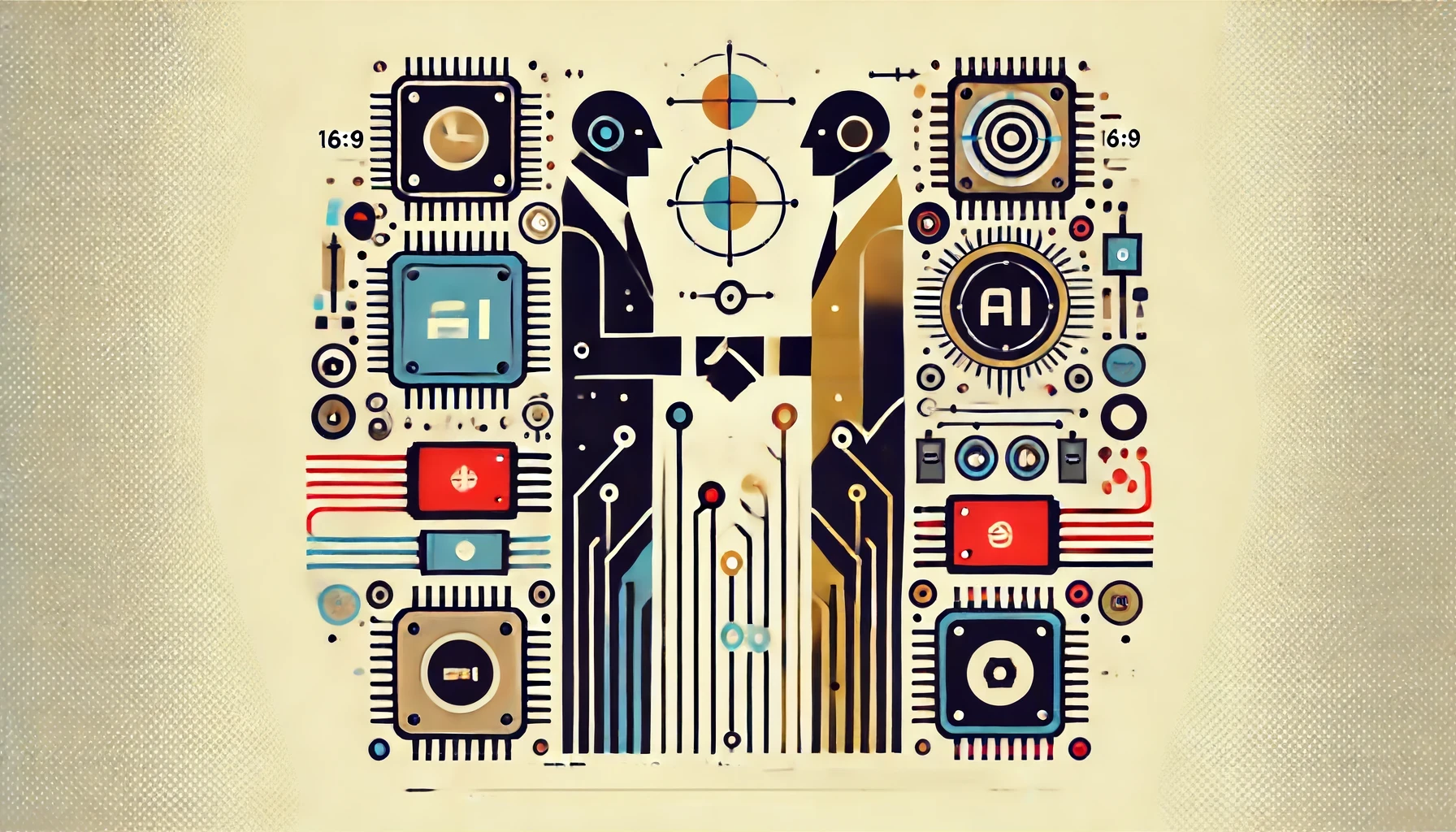
South Korea’s fabless AI chip industry has experienced significant growth and investment over recent years, driven by the surging demand for AI-powered hardware. This dynamic sector is now witnessing a strategic consolidation, with two prominent players, Rebellions and Sapeon, announcing their merger. This move positions them to better compete against global giants like Nvidia in the burgeoning AI chip market.
Rebellions and Sapeon’s merger is seen as a pivotal step towards establishing dominance in the South Korean fabless AI chip market. The companies, both leaders in research and development, design, and marketing of AI chips, aim to leverage their combined expertise to enhance their competitiveness on the global stage. Unlike traditional chip manufacturers, fabless companies focus on innovation and design, outsourcing production to specialized manufacturers.
According to industry insiders, the merged entity has plans to go public within the next two to three years. This timeline coincides with what both companies describe as a “golden hour” for South Korea to assert itself in the global AI chip market. The firms anticipate a surge in demand for neural processing units (NPUs), a core component of AI applications, and plan to expand their NPU business significantly post-merger.
The merger comes at a critical juncture in the global chip industry, where Nvidia holds a commanding lead with over 97% market share for specialized AI chips. Nvidia’s dominance stems from its early investments in data center services and software that support the development of large language models and AI applications. However, the industry landscape is shifting. As compute costs rise and chip availability becomes constrained, companies are increasingly seeking alternatives to Nvidia’s hardware.
Several tech giants are moving to reduce their dependency on Nvidia. Apple has announced plans to utilize its own chips for AI data centers, while Google, Amazon, and Microsoft are developing proprietary hardware for their AI needs. In parallel, companies like Intel, AMD, Google, Meta, ARM, and Broadcom have collaborated to create a standard for connecting AI accelerator chips in servers, challenging Nvidia’s proprietary mechanisms.
Rebellions and Sapeon have not yet disclosed the specifics of their merger ratio. However, they plan to commence due diligence, expected to take about a month, with the aim of completing the transaction by the latter half of 2024. Post-merger, Rebellions will take the helm of the newly formed company’s management, integrating all employees from both firms. Rebellions currently employs 130 staff, while Sapeon has over 100 employees spread across South Korea and the United States.
Key stakeholders in the merged entity will include two of South Korea’s largest telecommunications companies, SK Telecom and KT, as well as SK Hynix, the world’s second-largest memory chip maker. Sapeon is backed by SK Telecom and SK Hynix, while KT owns Rebellions. The future of Rebellions’ partnership with Samsung Electronics, a competitor to SK Hynix in the semiconductor field, remains uncertain. Earlier this year, Rebellions indicated that its latest AI chip, Rebel, would utilize Samsung’s advanced 4-nanometer fabrication process and be integrated with Samsung’s HBM3E memory chips.
In 2023, KT began incorporating Atom, Rebellions’ AI chip tailored for data centers, into its cloud-based NPU infrastructure. Atom is manufactured using Samsung’s 5-nanometer technology and is designed to support language models with up to 7 billion parameters. In contrast, Rebel targets larger models, enhancing the capabilities of data centers.
Rebellions’ merger announcement follows closely on the heels of its successful $124 million Series B funding round, which valued the company at approximately $658 million. Founded in 2016 and spun out of SK Telecom in 2022, Sapeon has established itself in the NPU hardware and software market. Last November, Sapeon launched its X330 NPU, a 7-nanometer AI chip designed for autonomous vehicles. More recently, the company has been focusing on developing AI chips for edge computing, targeting on-device applications. Sapeon raised over $45 million in a Series A funding round in August 2023, achieving a valuation of more than $380 million.
The merger is set against a backdrop of intense competition and innovation in the AI chip market. Nvidia’s grip on the market is formidable, yet the growing demand for AI applications presents opportunities for new entrants. As companies across industries seek to optimize their AI capabilities, the need for diverse and cost-effective chip solutions is greater than ever.
To better understand the competitive dynamics and strategic positioning of Rebellions and Sapeon, consider the following table outlining their key differentiators and market strategies:
| Company | Founded | Key Products | Strategic Focus | Recent Funding Rounds |
|---|---|---|---|---|
| Rebellions | 2016 | Rebel, Atom | Data centers, large AI models | $124M Series B ($658M valuation) |
| Sapeon | 2022 (spun out) | X330 NPU, edge AI chips | Autonomous vehicles, edge computing | $45M Series A ($380M valuation) |
- Leadership and Management: Rebellions will lead the newly formed entity’s management, integrating employees from both companies.
- Market Opportunity: The merger aims to capitalize on the growing demand for NPUs and AI hardware solutions.
- Strategic Stakeholders: SK Telecom, KT, and SK Hynix remain significant stakeholders, supporting the merger’s strategic goals.
- Technology Integration: Post-merger, the focus will be on leveraging advanced fabrication processes from partners like Samsung.
- Future Prospects: Plans for a potential public listing within the next two to three years underscore the merger’s long-term strategic vision.
The consolidation of Rebellions and Sapeon marks a significant development in South Korea’s AI chip industry. As they prepare to compete more aggressively in the global market, the combined strengths of these two companies could challenge existing industry leaders and potentially reshape the competitive landscape. The next few years will be crucial as they navigate integration, scale their NPU business, and seek to capitalize on the growing demand for advanced AI hardware solutions.
Related News:
Featured Image courtesy of DALL-E by ChatGPT
